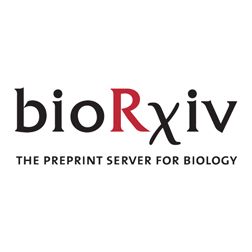
Team effort with Sungchul Kim lab, @chirlmin.bsky.social Joo lab, and @pmiesen.bsky.social Miesen lab
Team effort with Sungchul Kim lab, @chirlmin.bsky.social Joo lab, and @pmiesen.bsky.social Miesen lab

www.biorxiv.org/content/10.1...

www.biorxiv.org/content/10.1...

